Discover the truth behind common myths
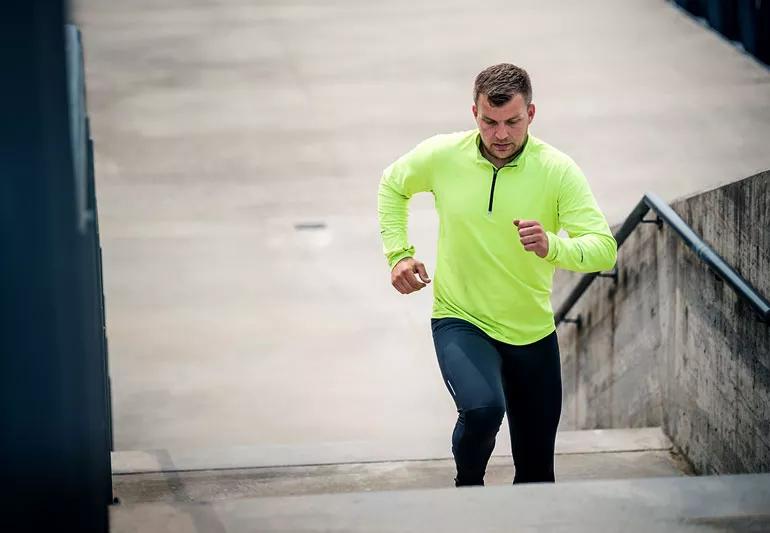
You may think you know all there is to know about your heart and exercise. But myths abound about how much — and what kind of — physical activity you need. Here, Cardiac Rehabilitation Program Director Erik Van Iterson, PhD, shares 22 key facts about heart-healthy exercise:
Cleveland Clinic is a non-profit academic medical center. Advertising on our site helps support our mission. We do not endorse non-Cleveland Clinic products or services. Policy
Learn more about our editorial process.

Both are needed for a healthy body
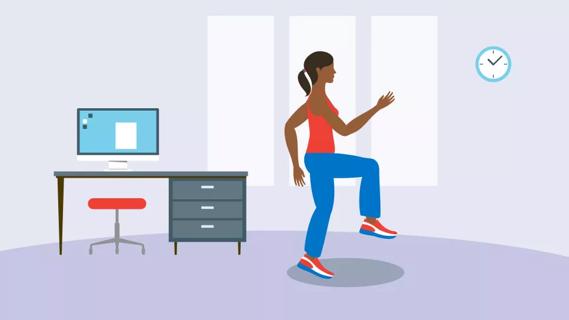
Counteract psoas muscle stiffness and soreness with stretches that lengthen and strengthen
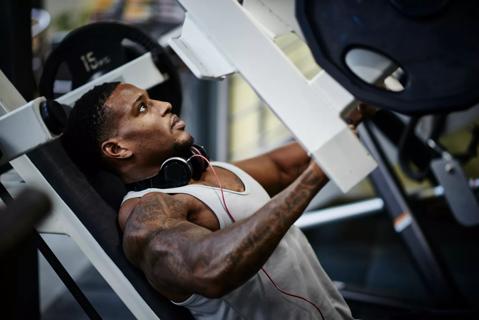
It may be OK, depending on your health, fitness level and type of exercise
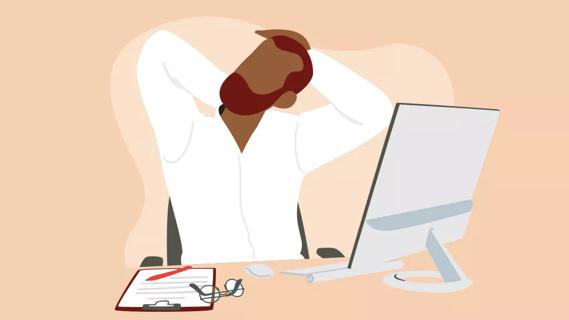
Simple exercises like wall angels and pelvic tilts can help keep your body in an optimal position — and help undo years of improper posture habits

Losing belly fat can reduce your risk for chronic health conditions — try focusing on a diet high in lean protein, exercising regularly, reducing stress and getting quality ZZZs
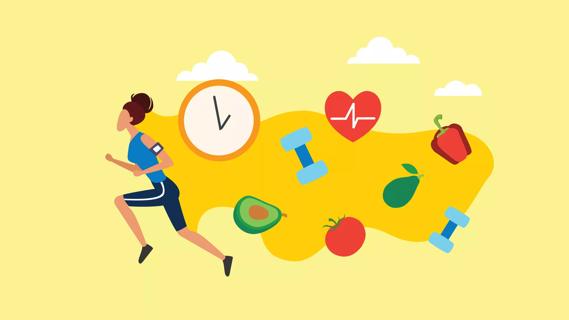
It’s best to exercise before or after your fast, instead of during it

Absolutely! In fact, in many ways, exercise is key to recovery

Your bone structure determines whether you have a visible dent between your hips and your thighs

Your metabolism may torch 1,300 to 2,000 calories daily with no activity

A gentle touch in all the right places may help drain your sinuses